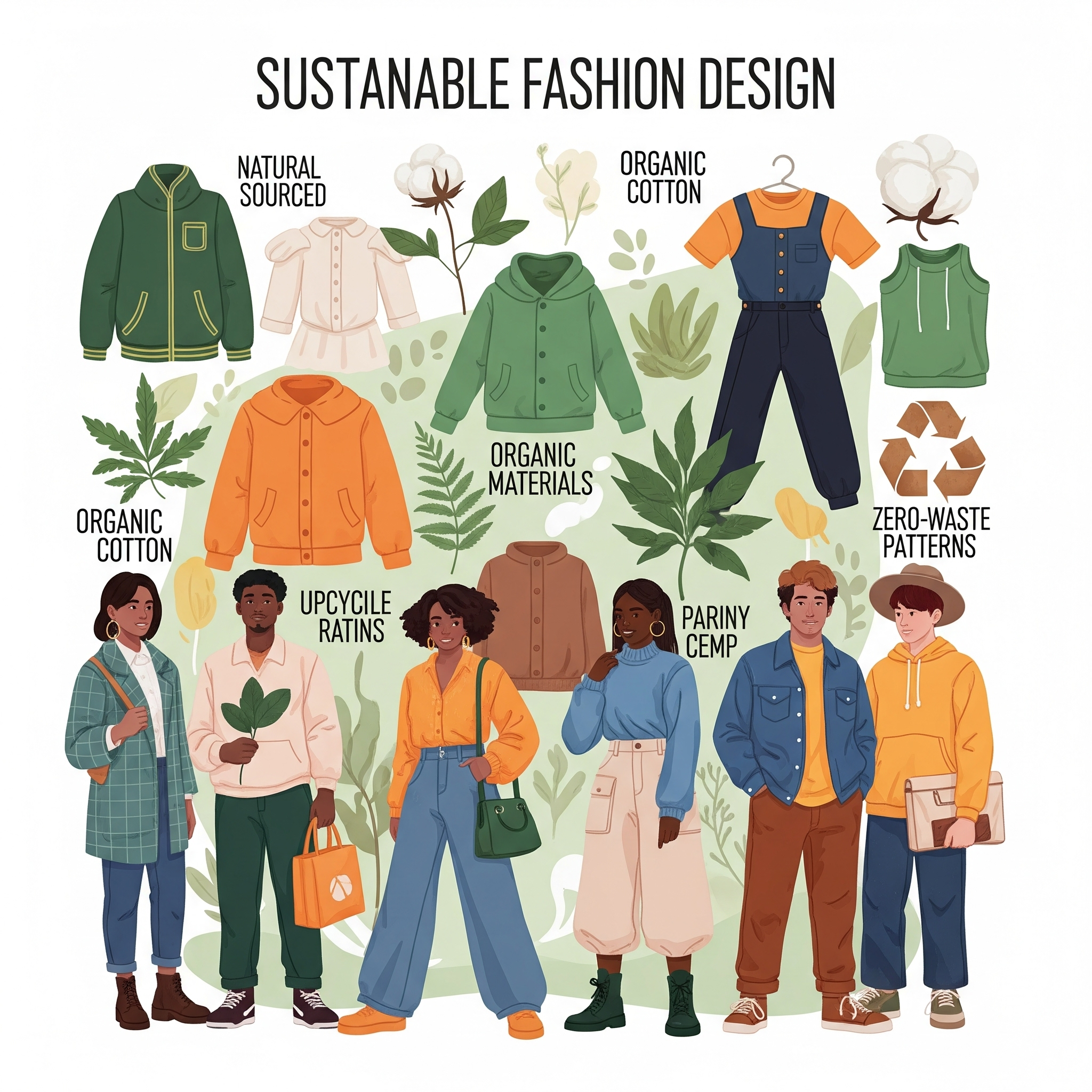Sustainable fashion, once a niche concern championed by a small group of eco-conscious designers and consumers, has rapidly evolved into a mainstream imperative. Growing awareness of the environmental and social costs associated with the traditional fashion industry has fueled this transformation, pushing brands and individuals alike to embrace more ethical and responsible practices. From innovative materials to circular business models, the journey of sustainable fashion reflects a profound shift in values and a growing urgency to mitigate the industry’s impact on the planet and its people.
The traditional fashion industry is notorious for its unsustainable practices. Fast fashion, in particular, with its emphasis on rapid production cycles and low prices, contributes significantly to environmental degradation through excessive water consumption, pollution from textile dyeing and finishing, and the generation of massive amounts of textile waste. Socially, the industry has faced criticism for exploitative labor practices in garment factories and a lack of transparency in supply chains.
The early pioneers of sustainable fashion recognized these issues and sought to create alternatives. Designers began experimenting with organic and recycled materials, while brands focused on fair labor practices and reducing their environmental footprint. However, these efforts often remained on the periphery, perceived as less stylish or more expensive than conventional options.
The turning point came with increased public awareness of environmental issues and a growing demand for transparency from consumers. Documentaries like “The True Cost” shed light on the human and environmental toll of fast fashion, galvanizing consumers to question the origins and impact of their clothing. This increased scrutiny put pressure on brands to address their sustainability practices.
In response, the sustainable fashion movement has gained significant momentum, driven by innovation and collaboration across the industry. Material innovation has been a key area of progress, with the development of alternatives to conventional textiles. These include fabrics made from recycled plastic bottles, agricultural waste like pineapple leaves and apple peels, and innovative plant-based materials such as Tencel and Lyocell, which are produced using more sustainable processes.
Circular economy principles are also gaining traction in the fashion industry. This involves designing products for durability and recyclability, encouraging reuse and repair, and implementing take-back programs to ensure that garments are not simply discarded at the end of their life. Brands are exploring rental models, resale platforms, and upcycling initiatives to extend the lifespan of clothing and reduce waste.
Technology is playing a crucial role in advancing sustainable fashion. Blockchain technology can improve supply chain transparency, allowing consumers to trace the origins of their garments and ensure ethical production practices. Artificial intelligence can optimize production processes to reduce waste and energy consumption. 3D printing offers the potential for on-demand manufacturing, minimizing overproduction.
Despite the progress, significant challenges remain. Scaling sustainable solutions to meet the demands of the global fashion industry requires substantial investment and infrastructure development. Greenwashing, where brands make misleading claims about their sustainability efforts, continues to be a concern, eroding consumer trust. Furthermore, the perception that sustainable fashion is inherently more expensive can be a barrier to wider adoption.
However, the trajectory of sustainable fashion is clear. It is no longer a trend but a fundamental shift in how the industry operates. Governments are introducing regulations to promote sustainability, and consumers are increasingly demanding greater transparency and accountability from brands. The future of fashion will undoubtedly be shaped by the principles of environmental responsibility and social equity.
The evolution of sustainable fashion reflects a growing understanding that fashion and sustainability are not mutually exclusive. By embracing innovation, collaboration, and a fundamental rethinking of the fashion lifecycle, the industry can move towards a future where style and responsibility go hand in hand, ensuring a healthier planet and a more equitable society for generations to come.


Leave a Comment
Your email address will not be published. Required fields are marked *